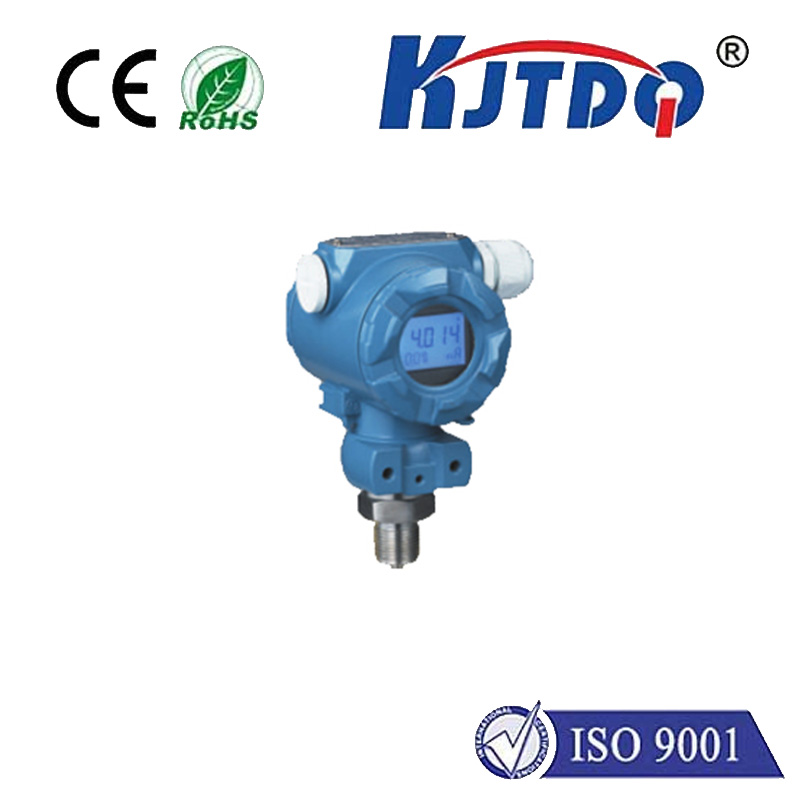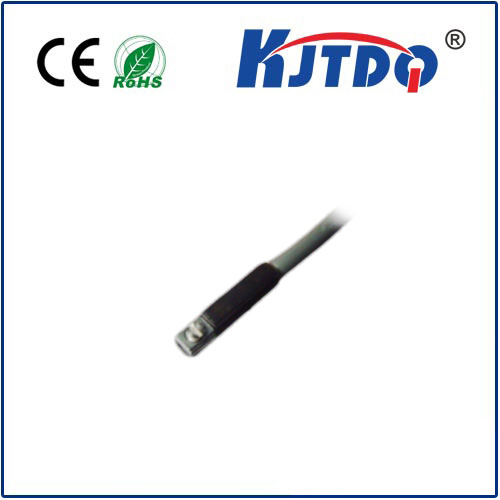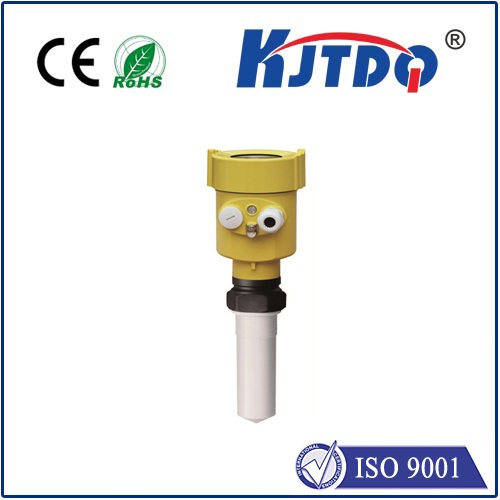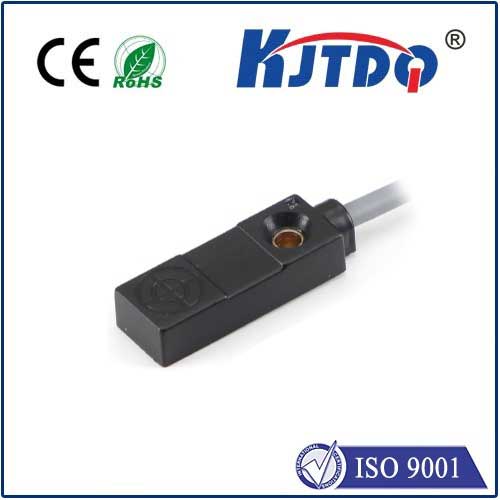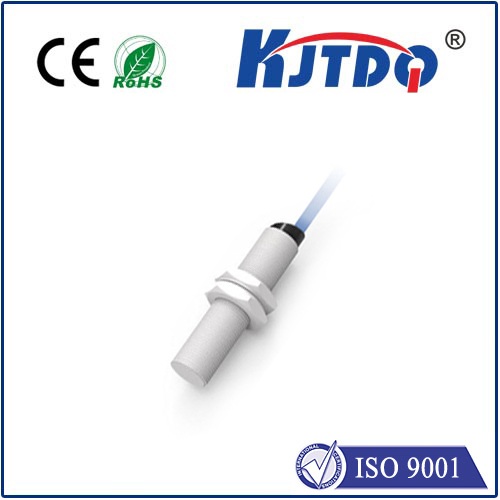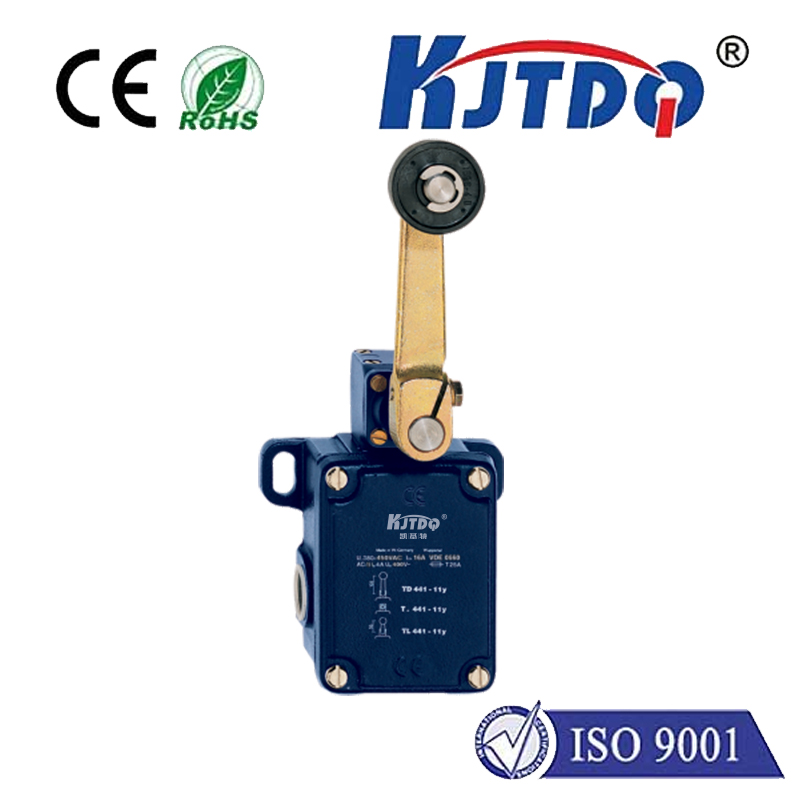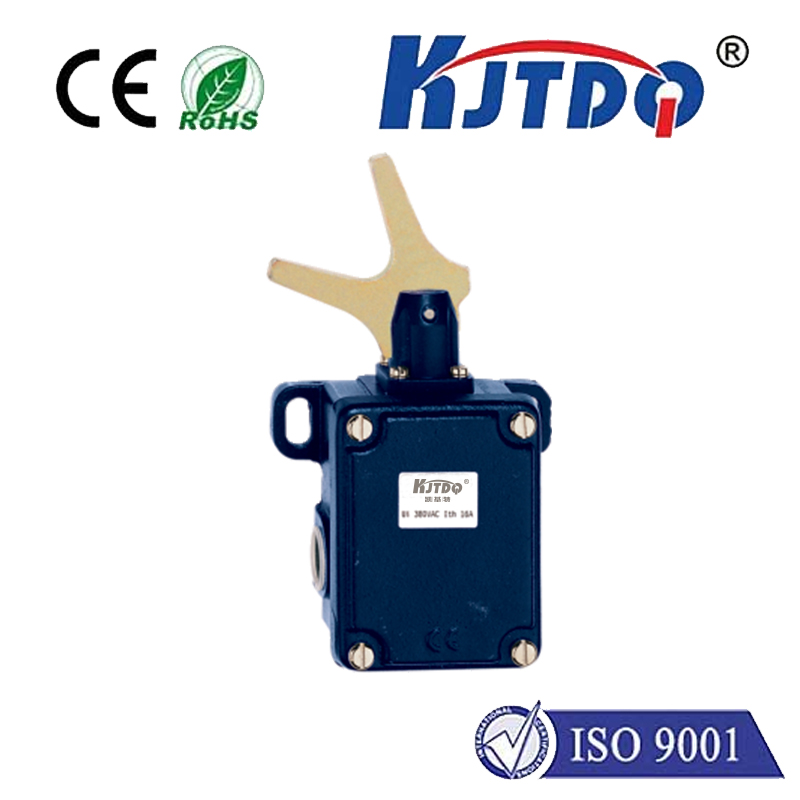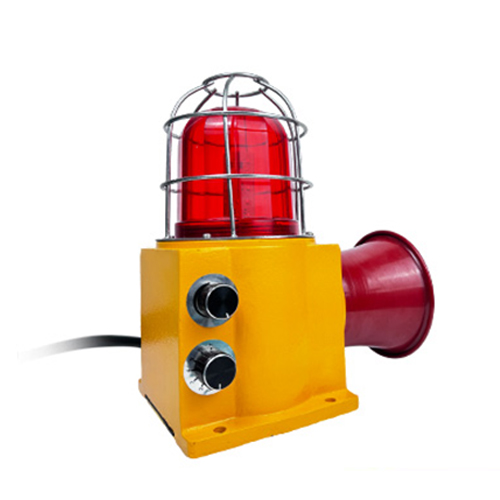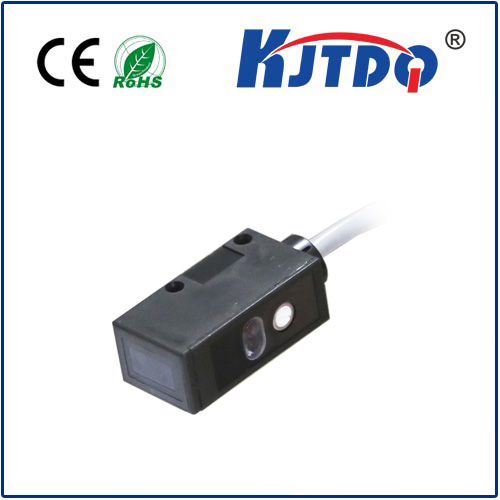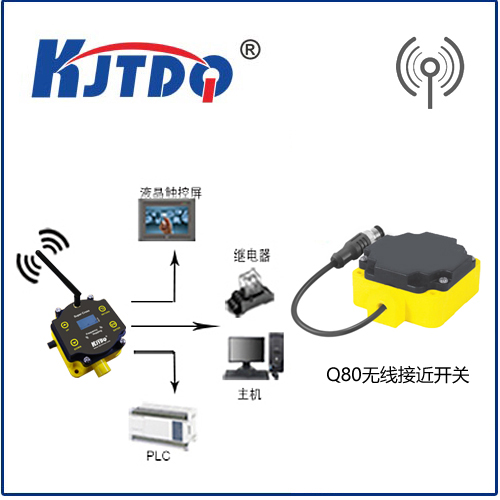

check

check

check

check
Radar Based Motion Sensor: Enhancing Safety and Efficiency in Modern Applications
In today’s rapidly evolving technological landscape, the integration of advanced sensors has become a cornerstone of innovation across various industries. Among these, radar-based motion sensors stand out for their reliability, precision, and versatility. These sensors are widely used in applications ranging from automotive systems to industrial automation, offering a robust solution for detecting movement and ensuring safety. This article explores the role of radar-based motion sensors, their working principles, and their significance in modern technology.
Radar-based motion sensors operate by emitting electromagnetic waves and measuring the time it takes for the waves to return after reflecting off objects. This time measurement allows the sensor to calculate the distance and speed of moving objects. Unlike traditional motion sensors that rely on infrared or ultrasonic signals, radar technology is less susceptible to environmental interference, making it ideal for use in challenging conditions.

One of the key advantages of radar-based motion sensors is their ability to detect objects at a greater distance compared to other sensor types. This makes them particularly useful in applications where early detection is critical, such as in autonomous vehicles, security systems, and industrial monitoring. Additionally, radar sensors can detect moving objects even in low-light or adverse weather conditions, enhancing their reliability in diverse environments.
In the automotive industry, radar-based motion sensors are integral to advanced driver assistance systems (ADAS). These systems use radar to monitor the position and speed of nearby vehicles and pedestrians, enabling features like automatic braking, adaptive cruise control, and lane departure warning. By providing real-time data, radar sensors contribute to safer driving experiences and reduce the risk of accidents.
Beyond automotive applications, radar-based motion sensors are also employed in industrial settings. In manufacturing and logistics, these sensors are used to monitor the movement of materials and equipment, improving efficiency and reducing downtime. Their non-contact nature allows for continuous monitoring without disrupting operations, making them a valuable tool in process automation.
The integration of radar-based motion sensors into various systems highlights their adaptability and effectiveness. As technology continues to advance, the demand for more accurate and reliable motion detection solutions is growing. Innovations in radar technology are paving the way for more sophisticated applications, further enhancing the performance and functionality of these sensors.
In conclusion, radar-based motion sensors represent a significant advancement in motion detection technology, offering a reliable and versatile solution across multiple industries. Their ability to operate in diverse conditions, provide accurate data, and support safety and efficiency makes them an essential component in modern technology. As we continue to innovate, the role of radar-based motion sensors will only become more critical in shaping the future of automation and safety.
